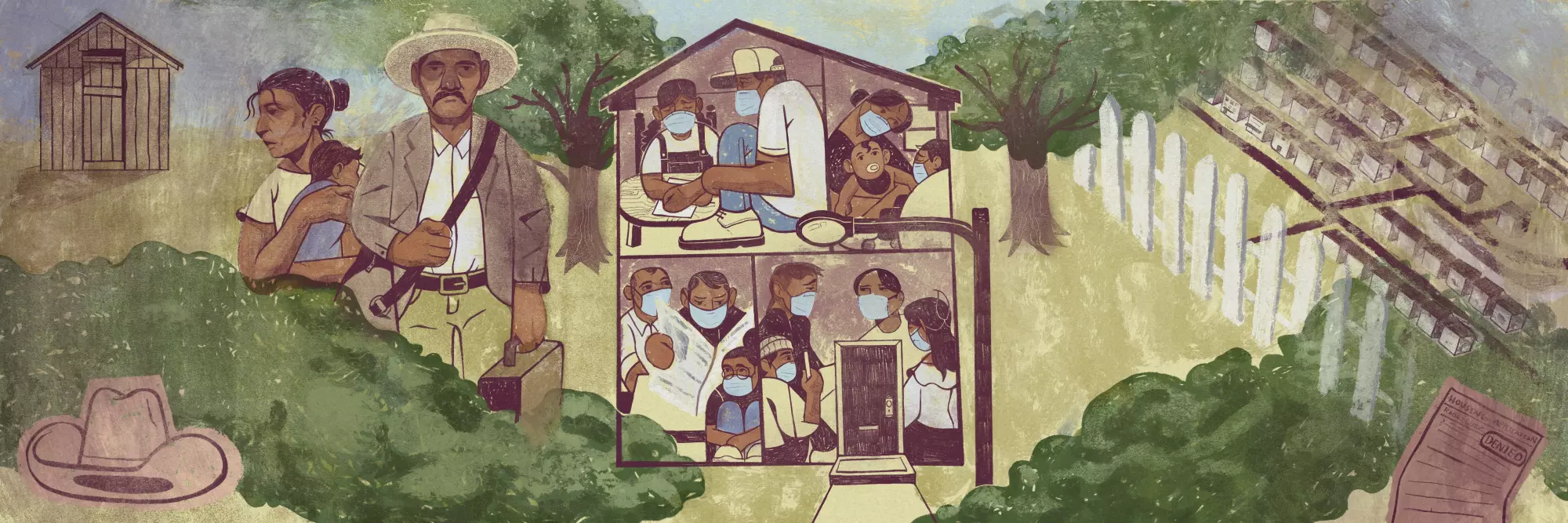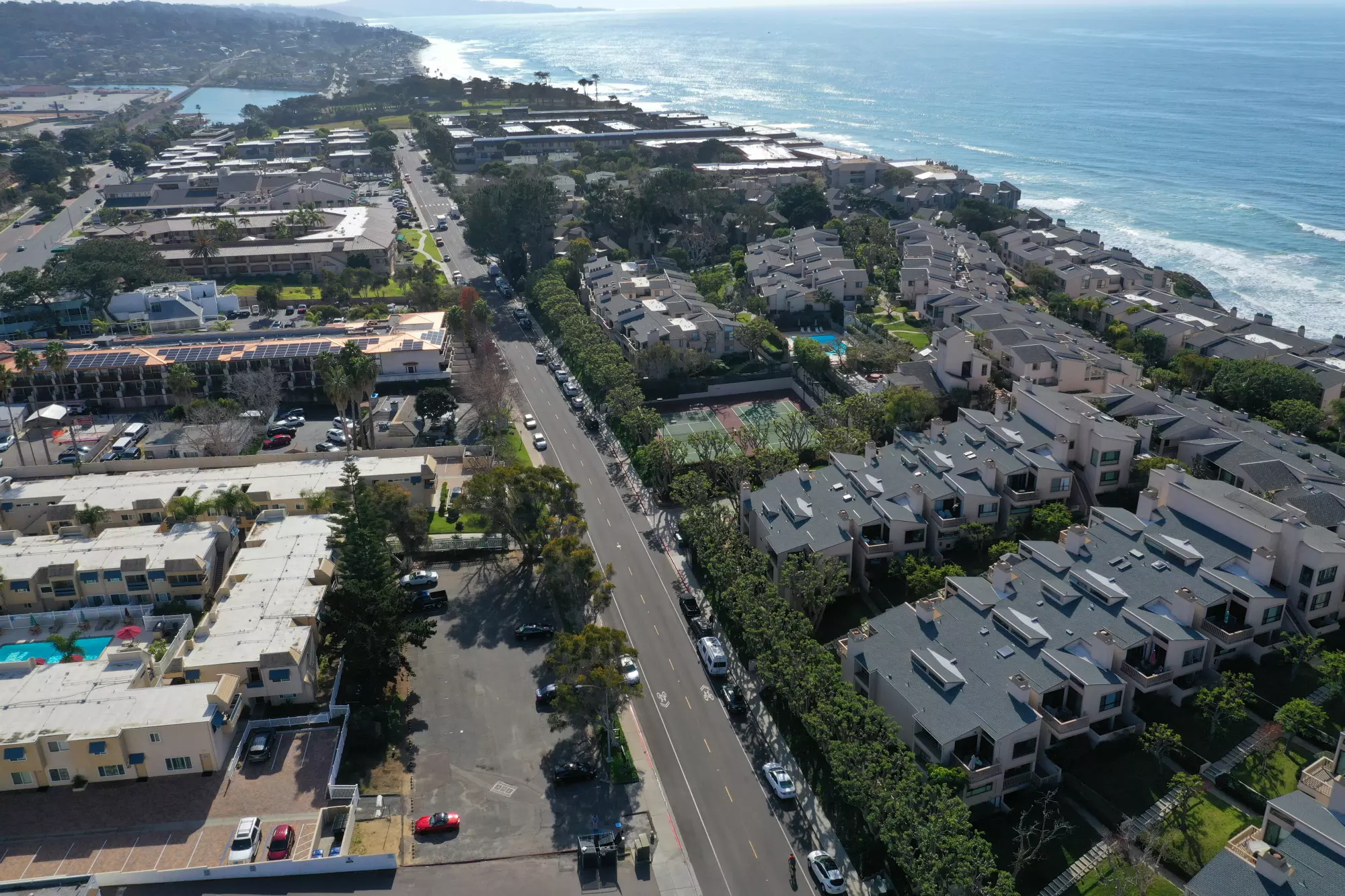I break down the complex reasons why housing is so expensive and explain its effects.

The Road to Rebuilding
Los Angeles Times, September 30, 2025
California is in the midst of an unprecedented era of wildfire. Seventy percent of the most destructive fires in state history have occurred since 2017. In a first-of-its-kind analysis, my colleagues and I comprehensively examined whether communities have rebuilt after disaster and why. We found that just 38% of the 22,500 homes destroyed in the five worst fires between 2017 and 2020 have been rebuilt, and that some neighborhoods remain wiped off the map even years after disaster. The lessons, among them that wealthier, suburban, flat areas rebuilt quicker than poorer, rural, hilly ones, inform the on-going recovery in Los Angeles following the massive blazes in January 2025.
Stories: 22,500 homes lost. Over five years later, only 38% rebuilt: What California fire survivors face; Younger, richer and smaller: How California’s era of wildfire has changed communities forever; and ‘Now there is nothing for us’: Towns disappear when wildfire survivors can’t rebuild.

Packed In: Overcrowding in Los Angeles Has Brought Death by Design
Los Angeles Times, October 19, 2022
It’s the cruel paradox at the center of housing in Los Angeles. L.A. is known worldwide as the capital of single-family-home sprawl. Yet for more than three decades, it has had the most overcrowded housing among large counties in the United States. The COVID-19 pandemic exposed the fatal consequences, with death rates in L.A.’s most overcrowded neighborhoods at least twice as high as in those with ample housing.
It didn’t have to be this way.
The crowded conditions have been a century in the making, with local leaders designing Los Angeles so that these circumstances became inevitable.
My colleagues and I spent more than a year delving into Los Angeles history to understand how the region’s repeated disparaging of Latino immigrant workers and their families led to overwhelming overcrowding.
Series page: Packed In: Overcrowded housing in Los Angeles has brought death by design
Stories: L.A.’s love of sprawl made it America’s most overcrowded place. Poor people pay a deadly price; One family’s desperate act to escape overcrowded housing in L.A. and Why it’s so hard to fix housing overcrowding in Los Angeles.
Podcast: How Los Angeles got so overcrowded

Affordable housing can cost $1 million per apartment to build in California
Los Angeles Times, April 9, 2020
California has a deep shortage of housing, particularly for low-income families. One major challenge to fixing the problem is that it’s more expensive to build affordable housing than anywhere else in the country.
We found one project that cost more than $1 million per apartment to build and showed that decisions made by the state government and cities were the key drivers of why it’s more costly in California than elsewhere. We followed the continually rising price tag, identifying more than a half dozen affordable housing projects over $1 million per apartment two years after our initial investigation published.
Stories: Affordable housing can cost $1 million in California and Affordable housing in California now routinely tops $1 million per apartment to build

California lawmakers have tried for 50 years to fix the state’s housing crisis. Here’s why they’ve failed
Los Angeles Times, June 29, 2017
For decades, a state law aimed at increasing California’s housing supply has failed because it requires cities and counties to plan for homebuilding without any accountability for actual production.
This story was the first comprehensive look at California’s housing supply law. It revealed local governments’ hatred toward the law, including embarrassing disclosures that they’ve asked state legislators to count prison beds as low-income housing. It also showed how state lawmakers ignored the law’s weak accountability provisions, instead forcing more onerous and ineffective planning rules onto cities. Later in the year, the governor signed legislation that for the first time forced all cities to provide homebuilding data to the state and implemented penalties for cities where construction lagged growth targets, which addressed two key problems highlighted in the story.